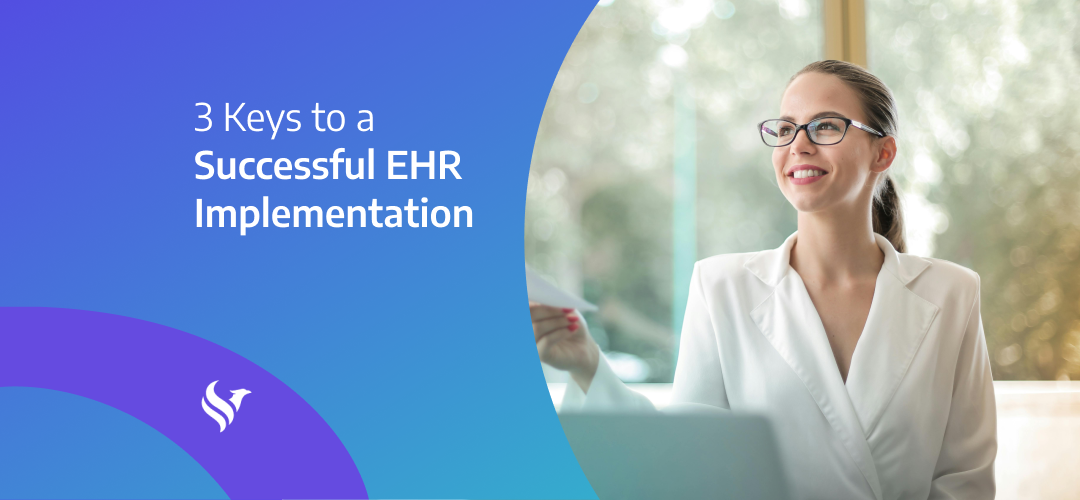3 Keys to a Successful EHR Implementation
Congratulations! So, you have made the decision to switch to a paperless surgery center or upgrade your existing EHR. That is a big decision and one you won’t regret (provided you have done the upfront research to choose the right partner for your ASC). But are you fully prepared for what comes next? Surprisingly, many centers aren’t. Here are our 3 top predictors of implementation success:
1. The Right Attitude
“The greatest discovery of all time is that a person can change his future by merely changing his attitude.” – Oprah Winfrey
As they say, “attitude is everything,” and implementing a new process change like an EHR is no exception. Change can be scary. The most common reaction people have to big change is to resist it by pointing out all the reasons the change is bad while ignoring the positives. This can unnecessarily create a ripple effect throughout the organization and lead to a rough implementation. One of the best ways to combat this knee-jerk reaction is to start from the top with a positive attitude toward the change and include key players down the line in the decision-making process (see #3) while remaining open and honest throughout.
2. Qualified IT Resources
“Technology is nothing. What’s important is that you have faith in people, that they’re basically good and smart, and if you give them tools, they’ll do wonderful things with them.” – Steve Jobs
Second only to attitude is IT when it comes to potential EHR implementation failure points. IT can be a confusing world, and it is essential that you have a competent IT vendor or in-house team capable of working with an outside partner both in time and cooperation. There are many components that make up your IT infrastructure that are critical for success: networking, workstations, ancillary hardware, and servers, just to name a few. Reliable IT resources will be with you in lockstep, providing the support you need in all these areas to ensure a smooth go-live and beyond.
3. Staff Buy-In
“The most basic of all human needs is the need to understand and be understood. The best way to understand people is to listen to them.” – Dr. Ralph Nichols
Listening to the naysayers and addressing their concerns early in the process will help ensure that negativity doesn’t spread. Taking the time to identify current as well as perceived workflow ‘hangups’ and addressing those with the implementation teams from both your EHR partner and internally will help garner the much-needed buy-in to make the transition as smooth as possible. Including as many people in the implementation as possible will also help with positive buy-in. Staff are much less likely to gripe about a solution that they helped create. By keeping your staff involved and motivated, everyone will reap the benefits.
Don’t miss out on the good stuff – Subscribe to HST’s Blog & Podcast!
Every month we’ll email you our newest podcast episodes and articles. No fluff – just helpful content delivered right to your inbox.
